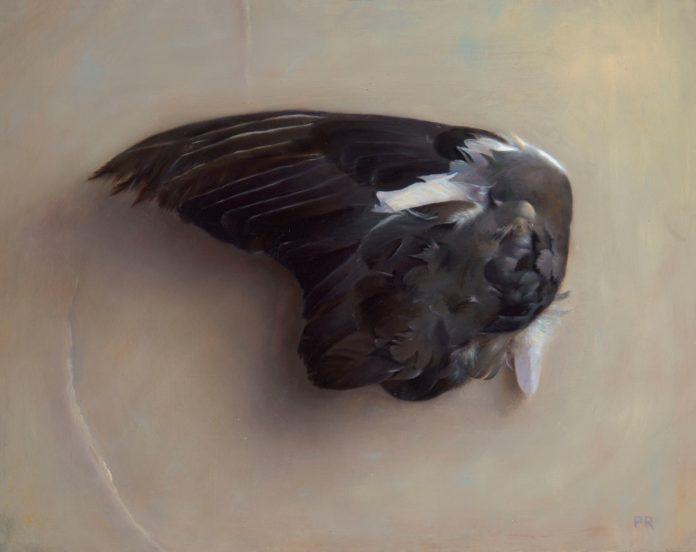On art appreciation > “Standing before a painting can become more like stepping outside and looking up at the sky at night,” says Paul Rosiak, “as your eyes slowly acclimate, a world emerges.”
Time: One Way to Get More Out of Viewing Art
BY PAUL ROSIAK
In front of some paintings we are kids at camp — at first we must be dragged to it but by the end we must be dragged away. Others are like ex’s, and we may wonder what we were thinking when we were enthralled with them years ago. Others still are constants, poles by which we can be guided and always trust in to find inspiration or solace – to, as Robert Frost wrote, “stay our minds on and be staid” – we can return to them endlessly and always notice something new.
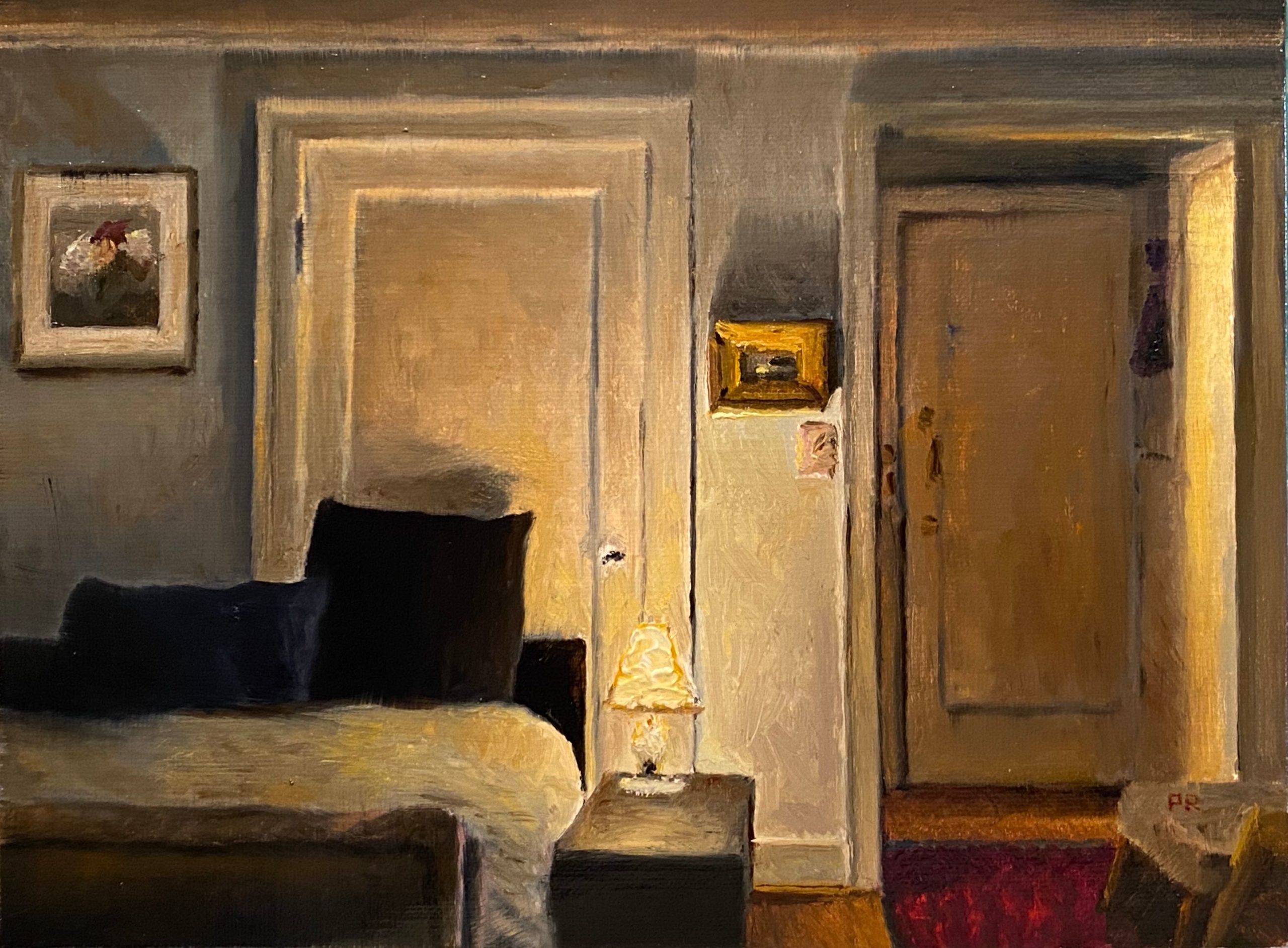
Returning to the same painting over time, over months or years, we’re met with a different experience every time, as we’re a different person each time we view the painting. This process can become a valuable mirror for self-revelation. By returning to artwork throughout our lives we can trace the way we change as the artwork changes with us, like an old friendship.
Some paintings become childhood friends you see just once every couple of years but when you do, you pick up right where you left off. With others, even favorite works can cease to thrill you and you quickly find yourself rehashing old material, grasping for a connection.
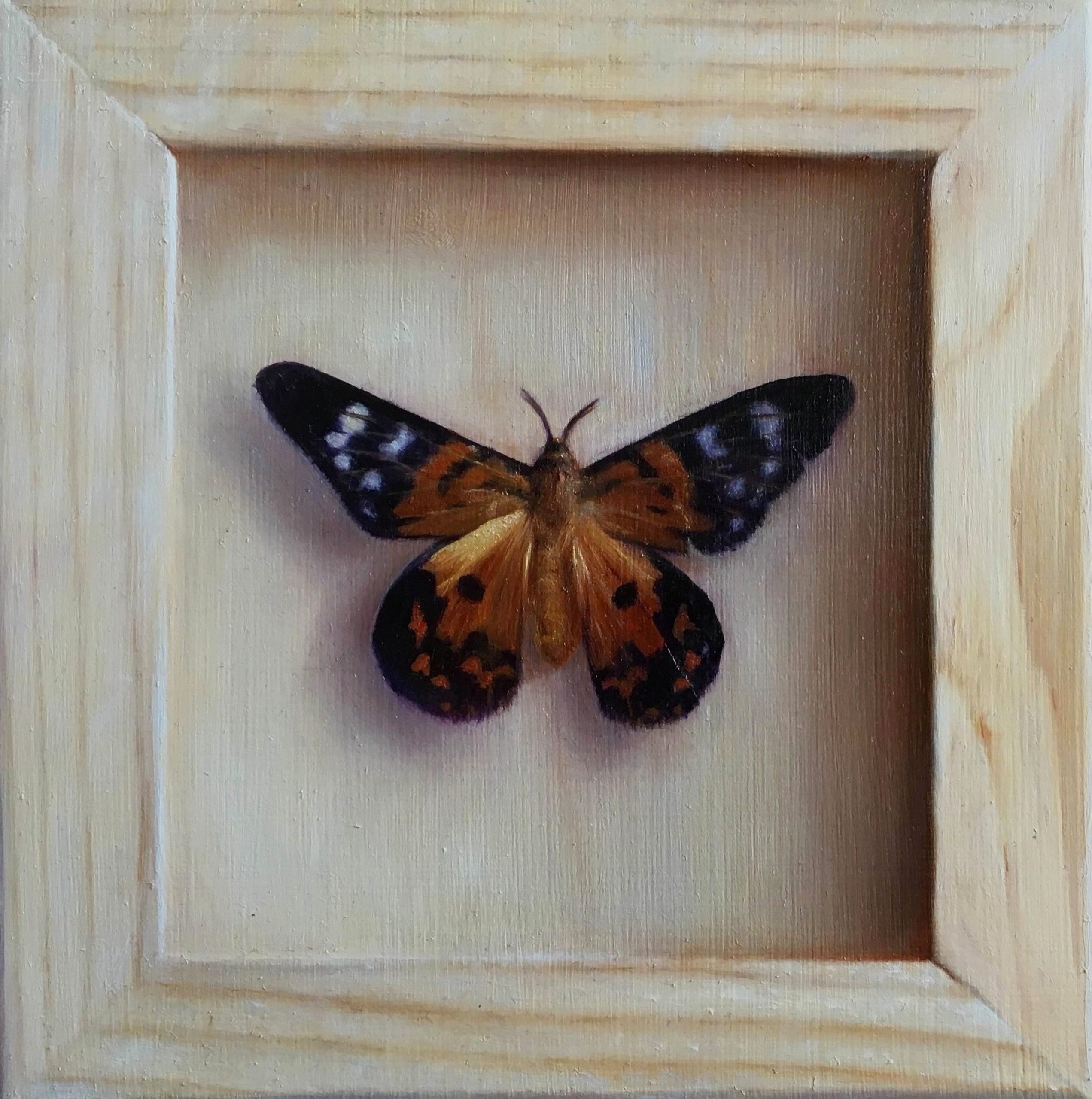
The average museum visitor spends 15 to 30 seconds in front of a work of art, according to some museum researchers. Scrolling through images online today, I find that 15 to 30 thirty seconds often feels like a very long time to look at an image, and the average viewing time is often far more brief.
But paintings and drawings take time to unfold. In the essay “The Figure a Poem Makes,” Robert Frost describes a poem as beginning in delight and ending in wisdom. Without granting some generosity of attention and time, we as viewers of art can often remain stuck in the realm of delight alone, or fail even that.
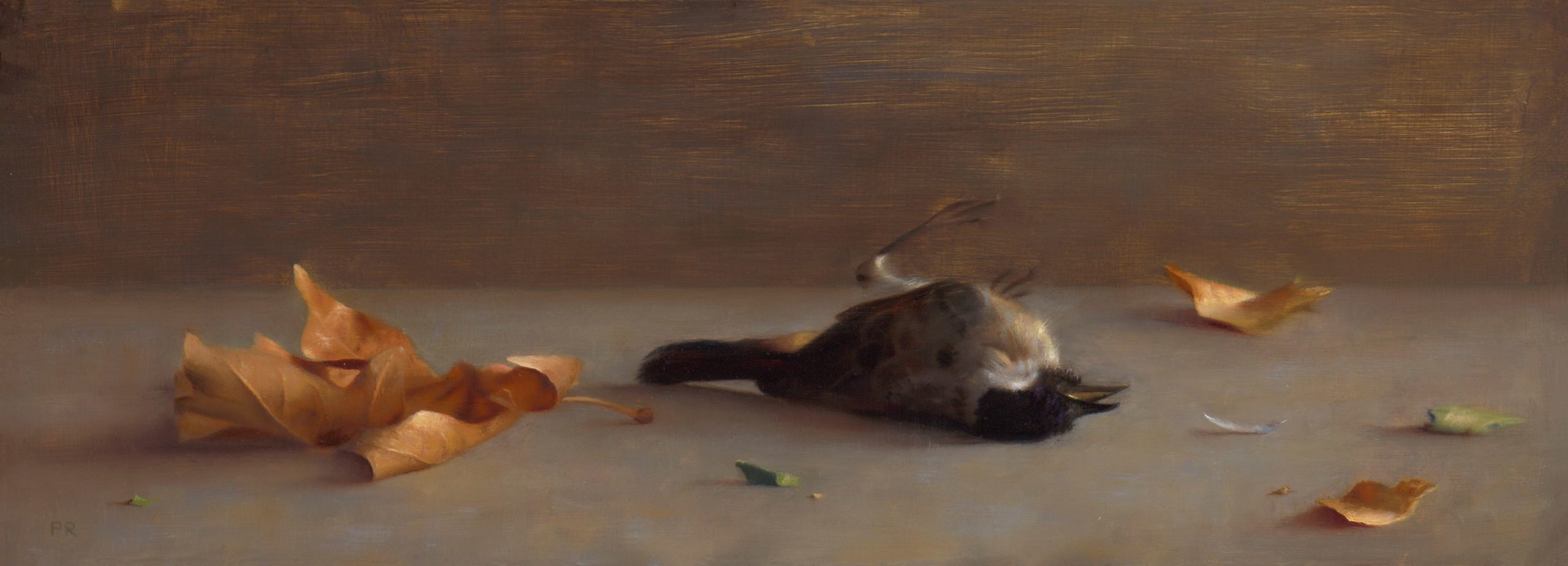
Over the last few years my increase in appreciation and enjoyment of art has been due in part to an increase in knowledge since I began learning to draw and paint, obtaining a greater respect for the technical skill with which great paintings are created. But one of the biggest reasons is simply that I have spent time with them.
In school, paintings and drawings greeted my classmates and I when we walked in to the studio in the morning. They stared down at us while we ate lunch. They kept us company when we were alone in the studio late at night, and they helped crowd the room during shows.
Viewed in soft morning light, in harsh fluorescents, in dimmed warm chandelier light, or the eerie light of an overcast sky before a storm, they continually revealed new sides to themselves. More often than not they were passed by, unthought-of and unnoticed; yet they seeped into our subconscious, until one caught our attention – clicked – and some new aspect was unlocked.
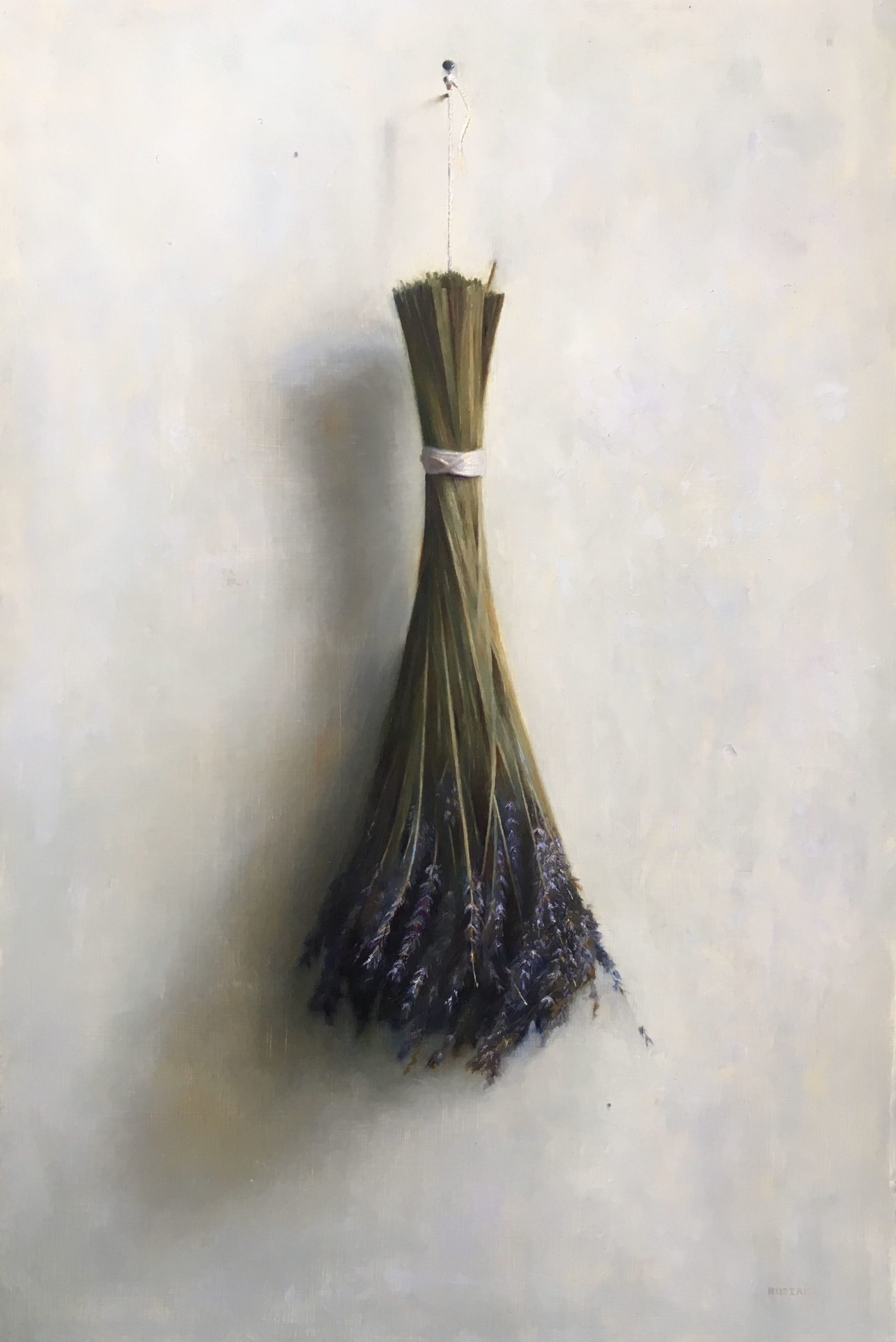
The way we often experience art today, however, precludes the possibility of this slow revelation. Whether viewed in a museum alongside two dozen other paintings that demand our attention, or viewed on a computer or phone, the general cultural tendency now tips towards an expectation that a work of art reveals itself at a glance, all at once.
I feel this impulse frequently in myself, even after years of doing ‘slow work’. Describing the process of reading, Annie Dillard argues, “the reader’s ear must adjust down from loud life to the subtle, imaginary sounds of the written word. An ordinary reader picking up a book can’t yet hear a thing; it will take half an hour to pick up the writing’s modulations, its ups and downs and louds and softs.”
I find that simply being aware of this tendency is helpful. Doing a master copy is also a great way to spend an extended period of time with a painting. Through a master copy, the experience of viewing a painting or drawing becomes more like reading a long novel, in which the text and whatever is going on in your life at the time come to have a reciprocal influence on each other.
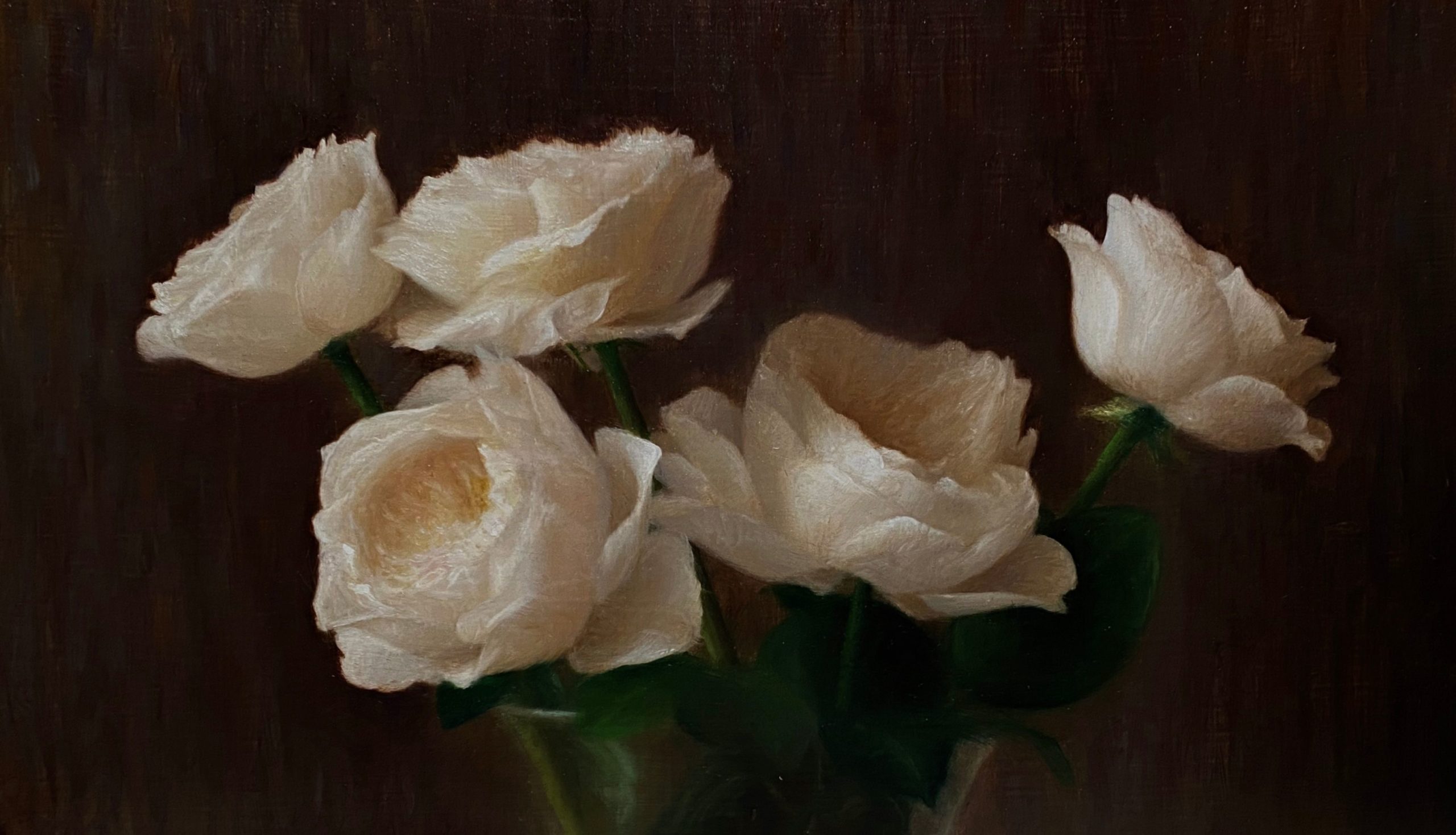
Approached with a greater generosity of attention, whether by doing a master copy, having artwork in your home, or perhaps by viewing only a few paintings in a museum or online, but viewing each of them for longer than usual, standing before a painting can become more like stepping outside and looking up at the sky at night; as your eyes slowly acclimate, a world emerges.
Connect with Paul Rosiak:
Website | Instagram
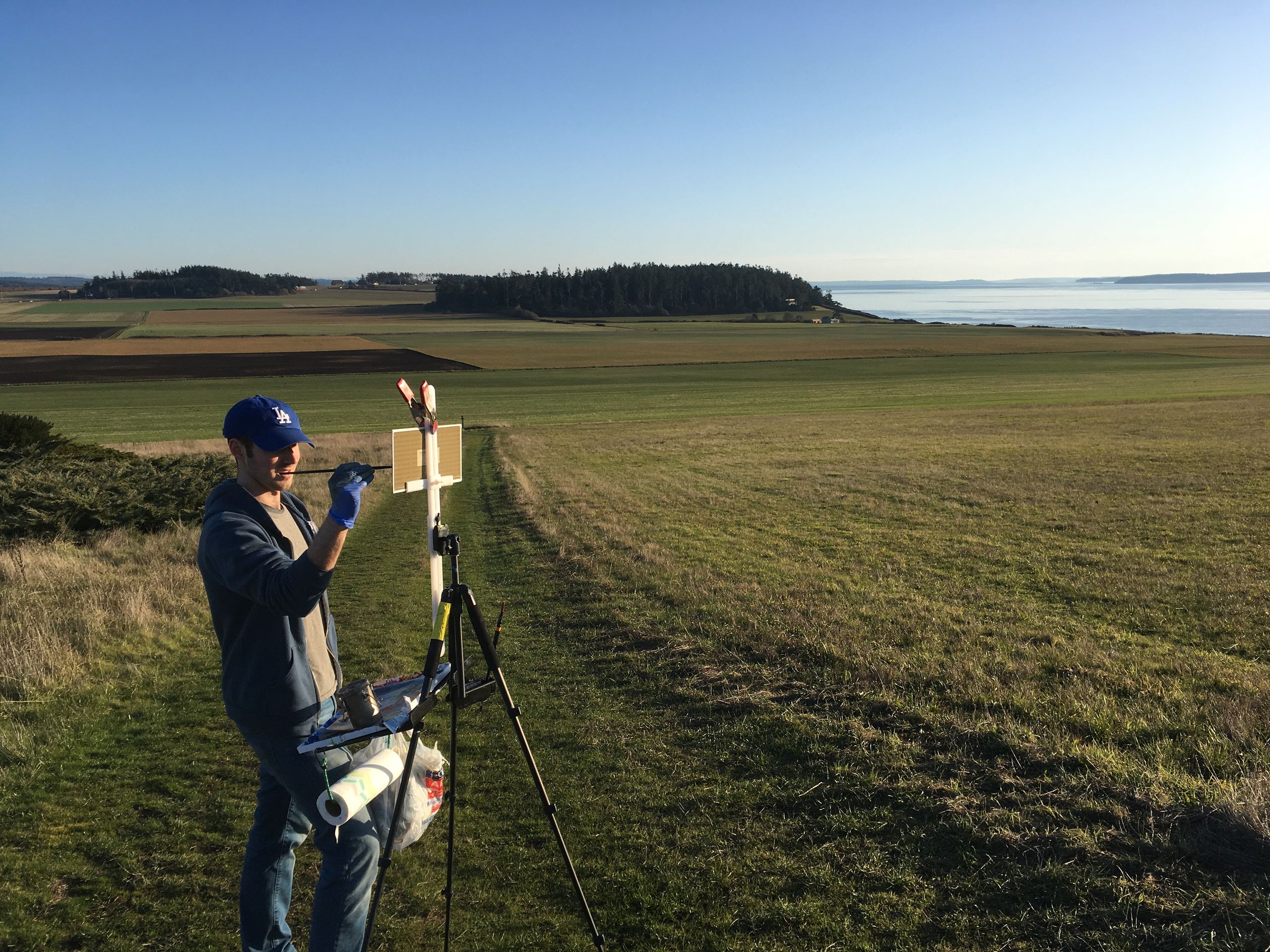
Related Article > When Looking … Becomes Seeing


